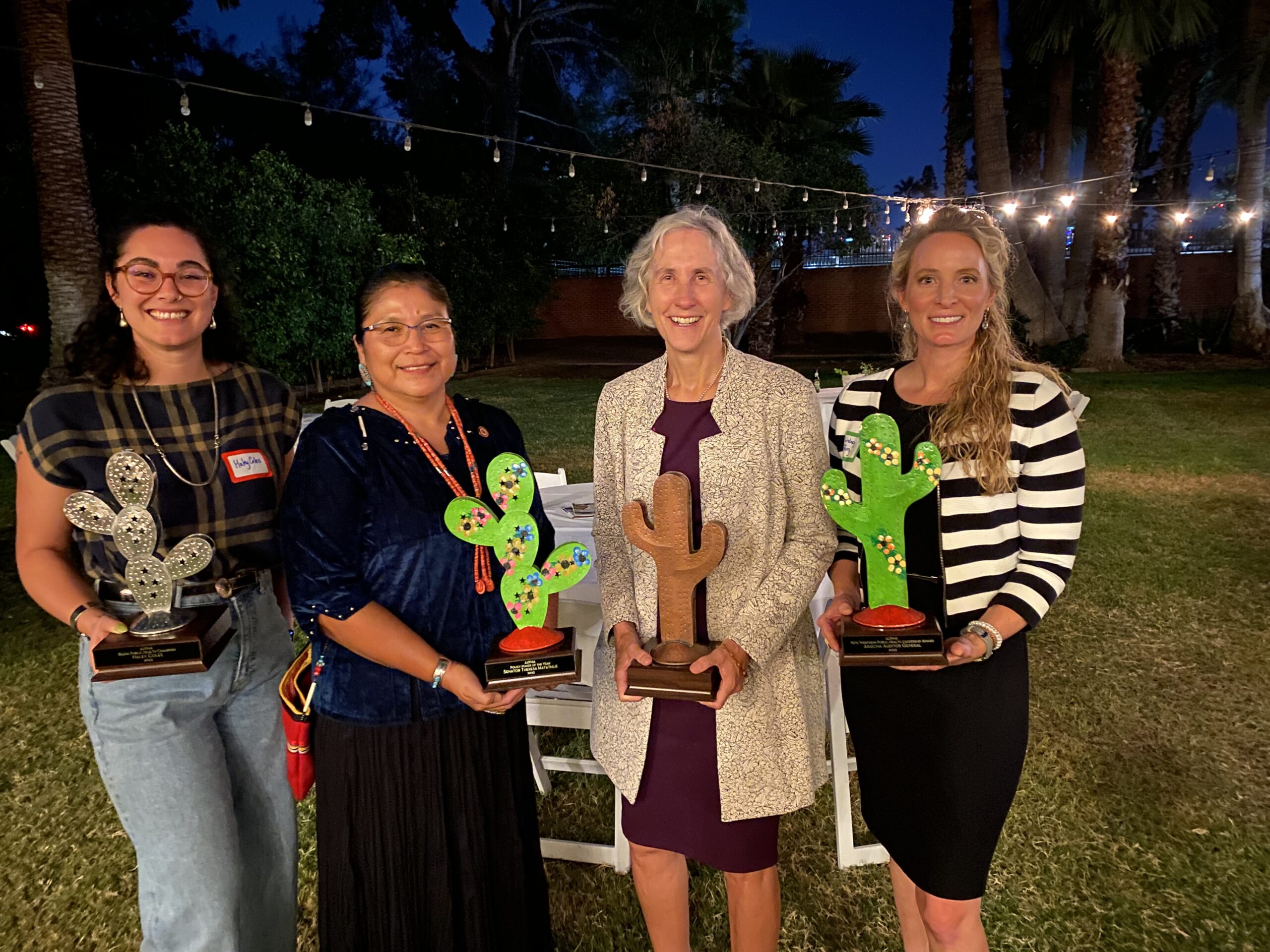The Arizona Public Health Association is governed by our 16-member Board of Directors. The Board exercises the power, responsibilities and duties of our organization in accordance with best management practices, and consistent with Arizona statutes, IRS requirements and our AzPHA Bylaws.
Board members are expected to be an active participant in at least one committee or subcommittee of the Board. Specific powers and duties of all Board Members include:
- Determining overall direction, role, and mission of the organization;
- Formulating and approving strategic and financial goals and plans;
- Review the organization’s performance in relation to the mission;
- Setting policy for the organization consistent with these bylaws;
- Appropriating funds entrusted to this organization;
- Appointing, removing, or suspending the Executive Director as necessary;
- Amending these bylaws on a provisional basis;
- Recruiting and retaining members of the organization; and
- Contributing financially to the organization annually.
AZPHA is accepting nominees for two Public Representatives on our Board of Directors.
You can review our AZPHA Bylaws for a complete picture, but below are the excerpts from the By-laws for these positions.
Public Representatives are individuals who represent the issues and concerns of the public as they relate to public health matters. Two Public Representatives shall be elected to the Board of Directors. Each shall serve a 2-year term with an option to serve an additional two years. Public Representatives shall participate and engage in activities that strengthen grassroots efforts within the state. Each Public Representative will serve on at least one committee, subcommittee, or ad hoc committee.
The AZPHA Board of Directors meets for two hours monthly. Most Board Meetings are via Zoom, but we have quarterly in person meetings with a hybrid option.
Persons interested in applying or nominating someone are encouraged to fill out this Board Member Application and submit it to kellidonley@gmail.com by September 16, 2024.
For additional information about AZPHA including board responsibilities and information about our financial position please review the following documents:









